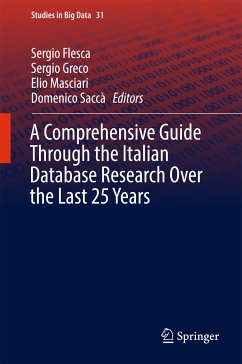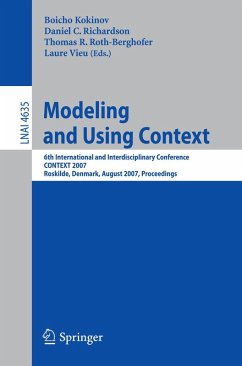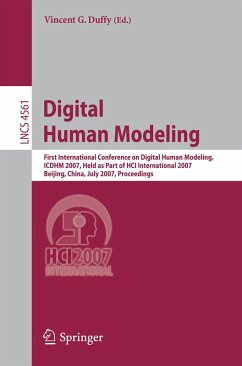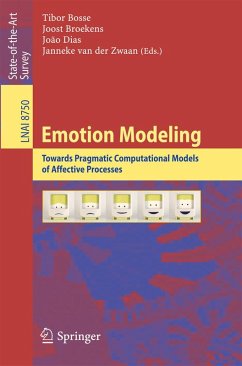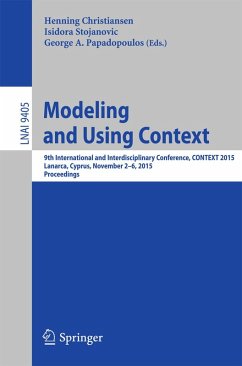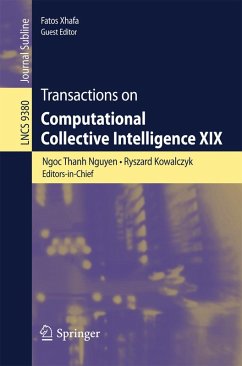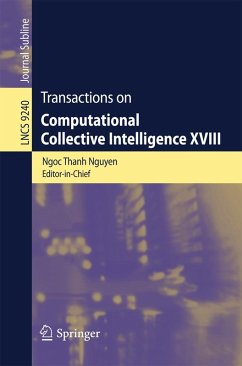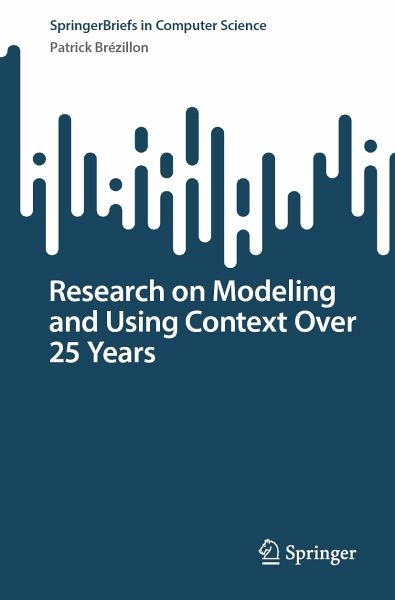
Research on Modeling and Using Context Over 25 Years (eBook, PDF)
Versandkostenfrei!
Sofort per Download lieferbar
32,95 €
inkl. MwSt.
Weitere Ausgaben:

PAYBACK Punkte
16 °P sammeln!
This book is the outcome of 25 years of research on how to model and use context in real-world applications on a spectrum from technology-centered (SEPT, SART) to human-centered (e.g. FlexMIm) applications, that is, from well-defined domains to more fuzzy ones. It presents:· an operational definition of context that initiated a conceptual framework associated with an implementation framework, the Contextual-Graphs (CxG) formalism· the use of the research for designing a future type of AI systems, namely the context-based intelligent assistant systemsThere is a large international and interdi...
This book is the outcome of 25 years of research on how to model and use context in real-world applications on a spectrum from technology-centered (SEPT, SART) to human-centered (e.g. FlexMIm) applications, that is, from well-defined domains to more fuzzy ones.
It presents:
· an operational definition of context that initiated a conceptual framework associated with an implementation framework, the Contextual-Graphs (CxG) formalism
· the use of the research for designing a future type of AI systems, namely the context-based intelligent assistant systems
There is a large international and interdisciplinary community of individuals convinced by the promises of bottom-up approaches as an alternative to the current top-down approaches in AI mainly. Practitioners will discover a tool easy to understand and use. Researchers will dispose of a comprehensive conceptual framework facilitating its extension on aspects not yet covered beyond group activity modeling, in the realm of the research on AI systems.
It presents:
· an operational definition of context that initiated a conceptual framework associated with an implementation framework, the Contextual-Graphs (CxG) formalism
· the use of the research for designing a future type of AI systems, namely the context-based intelligent assistant systems
There is a large international and interdisciplinary community of individuals convinced by the promises of bottom-up approaches as an alternative to the current top-down approaches in AI mainly. Practitioners will discover a tool easy to understand and use. Researchers will dispose of a comprehensive conceptual framework facilitating its extension on aspects not yet covered beyond group activity modeling, in the realm of the research on AI systems.
Dieser Download kann aus rechtlichen Gründen nur mit Rechnungsadresse in A, B, BG, CY, CZ, D, DK, EW, E, FIN, F, GR, HR, H, IRL, I, LT, L, LR, M, NL, PL, P, R, S, SLO, SK ausgeliefert werden.



